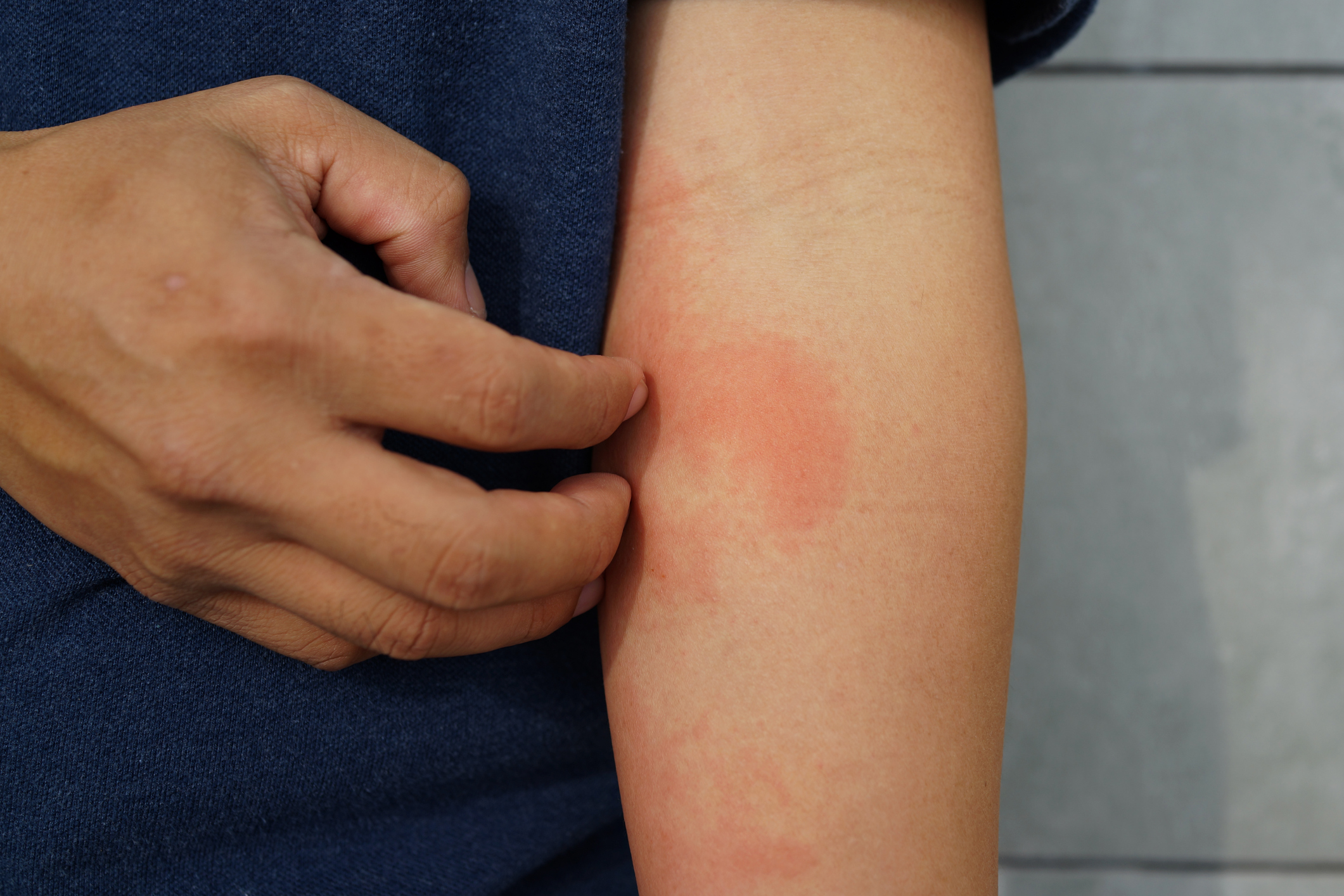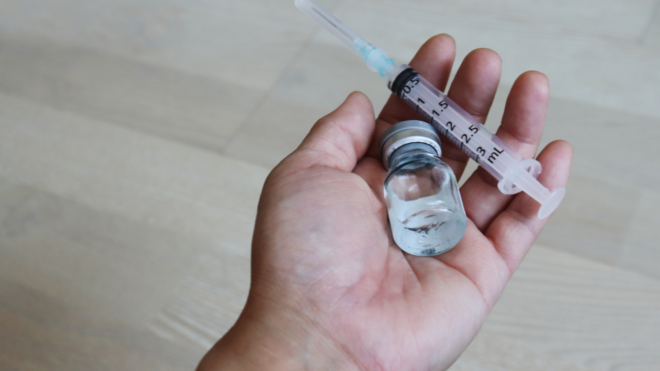
Sponsored by Incyte
Did you know that over 21 million people (ages 12+) in the United States are affected by atopic dermatitis (AD)? AD is a chronic condition characterized by inflammation of the skin, and it is the most common type of eczema. The physical symptoms of AD manifest on the skin, but the condition can have a deep impact on daily life as well.
If you have an adolescent with AD, it is essential for you to understand the condition to ensure you can serve as a resource for them as they manage the symptoms. Supporting them through their AD journey can ease their struggles and help them be proactive about managing their condition. Here are some things that every parent should know about AD:
What are the symptoms of AD?
AD can manifest as persistent itchy skin, dry and scaly patches or red lesions on the body. AD can appear anywhere on your adolescent, but it commonly appears inside the elbows, behind the knees and on the face. Itching is the most common symptom, and it can be so burdensome that it can affect sleep, school, work, social relationships and more. AD doesn’t only cause physical discomfort, but it can also be emotionally challenging.
What causes AD?
AD is a skin condition that is caused by an over-activation of the immune system. A healthy skin barrier protects against bacteria, viruses, allergens and irritants, but a compromised skin barrier from AD has cracks or fissures, which allows those external triggers to infiltrate the skin. This causes an uptick in proteins called cytokines, which affect other skin-protecting proteins and send the immune system into overdrive, causing inflammation, which leads to dry and itchy skin, otherwise known as flare-ups.
What triggers AD?
There are various factors that can trigger the autoimmune response of AD, including stress, allergens and environmental factors. Food allergies, hay fever, asthma, pollen and pollution, fabrics, soaps, fragrances and household cleaners can all contribute to flare-ups. Seasonal triggers may also contribute to flares; visit startfromscratch.com/seasonal-tips to learn about different lifestyle changes and management techniques that can potentially mediate symptoms as the weather changes.
What can parents do to help?
The first thing parents should do is educate themselves about the condition (congrats, you’ve already started!). When you know more about AD, you can have more productive conversations with your adolescent and with their dermatologist and healthcare team. Next, set up continuous visits with a dermatologist to manage your adolescent’s condition proactively – not just when a flare occurs. The right dermatologist will work with you to come up with an individualized management plan.
Where to learn more:

There are a variety of support groups and forums, as well as online resources like StartFromScratch.com, where you can find information on the science behind AD, seasonal tips for managing AD and stories from others living with AD.
© 2023, Incyte Corporation. MAT-DRM-01003 09/23






